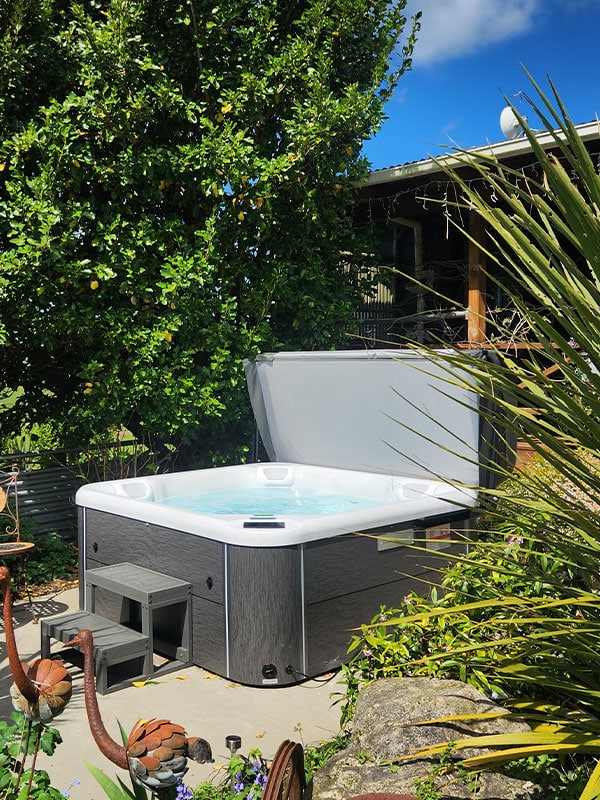When it comes to malocclusions—those misalignments of the teeth and jaw—it’s about more than a perfect smile. A well-aligned bite can mean smoother speaking, easier chewing, and avoiding discomfort down the road. Think of it as laying the foundation for not only your oral health but your overall well-being.
This guide breaks down the costs of treating malocclusions right here in New Zealand. We’ll explore what factors drive those costs—whether it’s the type of treatment, the length of time involved, or the expertise of the orthodontist. By the end, you’ll have a roadmap to help you make the best choice for your needs. And remember, reaching out to a registered orthodontist is always the first step toward understanding your unique path to better oral health.
Factors Influencing the Cost of Malocclusion Treatment
Severity of Malocclusion
The cost of treatment isn’t a “one-size-fits-all” situation—it depends a lot on how complex the case is. Mild misalignments, like slight crowding, usually mean shorter and less intense treatment, which often keeps costs lower. But moderate to severe malocclusions, like serious overbites or crossbites, need longer and sometimes more advanced solutions. In some cases, these might even involve surgery.
Think of it this way:
- Mild cases might just need basic braces or a short run with clear aligners.
- Moderate cases might need a bit more time and possibly additional appliances.
- Severe cases can mean longer treatment times and advanced care, which might include surgery.
Treatment Type
Now, let’s talk about the style and type of treatment you choose, because it really makes a difference. Here’s a quick breakdown of options and price points:
- Metal Braces: The classic choice, these are usually the most budget-friendly, costing between $4,000 and $8,000.
- Ceramic Braces: These blend in more with your teeth, so they’re less noticeable—expect a price tag between $6,000 and $10,000.
- Lingual Braces: Attached to the back of your teeth, they’re almost invisible and cost around $10,000 to $15,000.
- Clear Aligners (like Invisalign): Perfect for those looking for an almost invisible treatment; they range from $5,000 to $10,000, depending on complexity.
- Surgical Options: For those extreme cases, surgery is a larger investment, usually starting at $15,000.
Before choosing clear aligners, it’s also wise to understand the hidden dangers of DIY clear aligners, which can lead to costly and avoidable complications.
Treatment Duration
In orthodontics, time is a big factor in overall costs. The longer the treatment, the more visits and adjustments, which can increase the total cost. For minor adjustments, treatment might be as short as six months, while complex cases can span two years or more. Generally, expect to pay between $3,500 to $10,000 based on the time required. Keep in mind: good orthodontics is about precision, and sometimes a bit more time pays off in long-term results.
Orthodontist’s Expertise and Location
Experience and location can influence the cost of treatment. In larger urban areas, prices may be a bit higher due to operational costs, while experienced orthodontists often have a well-honed skill set that can be worth the additional investment. Choosing a registered orthodontist ensures you’re getting both skill and professionalism, so always check for credentials and experience when booking your consultation.
Additional Costs to Consider
Consultation Fees
An initial consultation is the first step toward understanding your treatment needs. Many orthodontic clinics in New Zealand charge for the initial assessment, which may include X-rays, scans, and a comprehensive examination. Consultation fees generally range from $100 to $250, depending on the clinic, and they may or may not be included in the total treatment cost.
Retention Costs
Once treatment is complete, retainers are essential to keep your teeth aligned. These can range from $300 to $1,000, depending on the type (fixed or removable) and materials used. Retainers are a long-term commitment, often requiring replacement every few years to maintain optimal results.
Follow-Up and Adjustments
Orthodontic treatment doesn’t always wrap up perfectly on schedule, and adjustments or follow-up visits may be needed beyond the expected timeline. For extended treatments, you may incur additional charges for these check-ups, which can be around $100 to $200 per visit. This ensures you’re getting the best results and maintaining the alignment achieved.
Financial Options for Malocclusion Treatment
Insurance Coverage
Many insurance plans in New Zealand offer partial coverage for orthodontic treatment, though it’s not always guaranteed. Check with your provider to see if your plan includes orthodontic benefits, as some will reimburse a portion of the treatment costs. Coverage is more common with comprehensive family or premium health insurance plans, but a quick call to your provider can clarify your options.
Payment Plans and Financing Options
Orthodontists in New Zealand often offer financing options to make treatment costs manageable. Monthly instalments can be an attractive choice, with terms spread over 12 to 24 months or even longer. Discuss available plans during your consultation, as many clinics partner with third-party financing companies to ensure affordable options.
Discounts for Upfront Payments
Some orthodontic clinics may offer a discount if the full treatment cost is paid upfront, which can be appealing if you’re looking to save. Discounts range from 5% to 10%, depending on the clinic, and it’s always worth asking during your consultation if upfront payment incentives are available.
Government or Community Assistance
In New Zealand, limited public health support may be available for orthodontic treatments in special cases, particularly if malocclusions impact a child’s health or development. While full funding isn’t common, some community assistance programs may offer support for families in need. Checking with local health authorities or community organisations can provide guidance on any available assistance options.
Cost vs. Long-Term Benefits of Treatment
Health Benefits
Correcting malocclusions isn’t just an investment in appearance—it’s a proactive step in lifelong oral health. By aligning teeth properly, treatment can prevent issues like dental wear, TMJ (temporomandibular joint) disorders, and gum disease. Left untreated, these problems often escalate into more complex and costly dental work. So, while the initial expense of orthodontics may seem significant, it can be a financial lifesaver over time by reducing potential dental and medical costs.
A Confidence Boost
A well-aligned smile can be transformative beyond oral health. Studies show that people with straight teeth often feel more confident and are perceived as more approachable and self-assured. Investing in orthodontic care is not only about aesthetics—it’s also about gaining confidence in personal and professional interactions. For many, this boost in self-esteem is invaluable and contributes to a better quality of life.
Overall Value of Early Intervention
Addressing malocclusions in childhood or adolescence can minimise the need for more invasive and costly procedures later on. Early intervention leverages natural growth, often leading to quicker, more effective results. While the upfront costs may seem steep, starting treatment early can simplify the process and save money in the long run, making it a wise investment for both health and finances.
FAQs
What is the typical cost of malocclusion treatment in New Zealand?
Malocclusion treatment in New Zealand can range from $4,000 to $12,000, depending on factors like the severity of the condition and the type of treatment chosen.
Are there affordable options for treating mild malocclusions?
Yes, traditional metal braces are often a more affordable choice for mild to moderate malocclusions, and some orthodontists offer payment plans to help manage costs.
Does health insurance cover orthodontic treatment in New Zealand?
Some insurance plans in New Zealand offer partial coverage for orthodontic treatment, but it varies widely by provider. Checking with your provider about orthodontic inclusions is recommended.
What additional costs should I be aware of?
Additional costs may include consultation fees, X-rays, retainers after treatment, and follow-up appointments. Some clinics bundle these into the treatment cost, while others may charge separately.
Can adults still benefit from malocclusion treatment?
Absolutely. Modern orthodontic solutions, such as clear aligners, make treatment accessible and discreet for adults. While treatment might take longer, results can be highly effective.
Is there financial support available for orthodontic treatment?
Certain clinics offer payment plans, and in some cases, community assistance programs may help subsidise treatment for those who qualify.
How long does malocclusion treatment typically take?
Treatment duration varies by case, but most plans span from 12 to 36 months. The timeline depends on factors like the complexity of the malocclusion and the type of braces or aligners used. Regular follow-ups help keep the process on track and optimise results.
Making the Right Choice
Malocclusion treatment costs in New Zealand are shaped by several factors, including the severity of the condition, the type of treatment, and the duration of care. With options ranging from traditional braces to modern clear aligners, it’s possible to find a solution that fits both your budget and your goals. Financing and insurance options also make treatment more accessible, so don’t let cost deter you from exploring possibilities.
To truly understand the best approach and costs for treating malocclusion, book a consultation with a registered orthodontist. A personalised treatment plan will not only provide a realistic estimate but also ensure you receive the most effective and appropriate care.
For further inquiries or to find a trusted orthodontist in your area, check out a directory or reach out directly to a local clinic. Your journey to a healthier, more confident smile starts with a simple conversation—connect today to explore your options.




